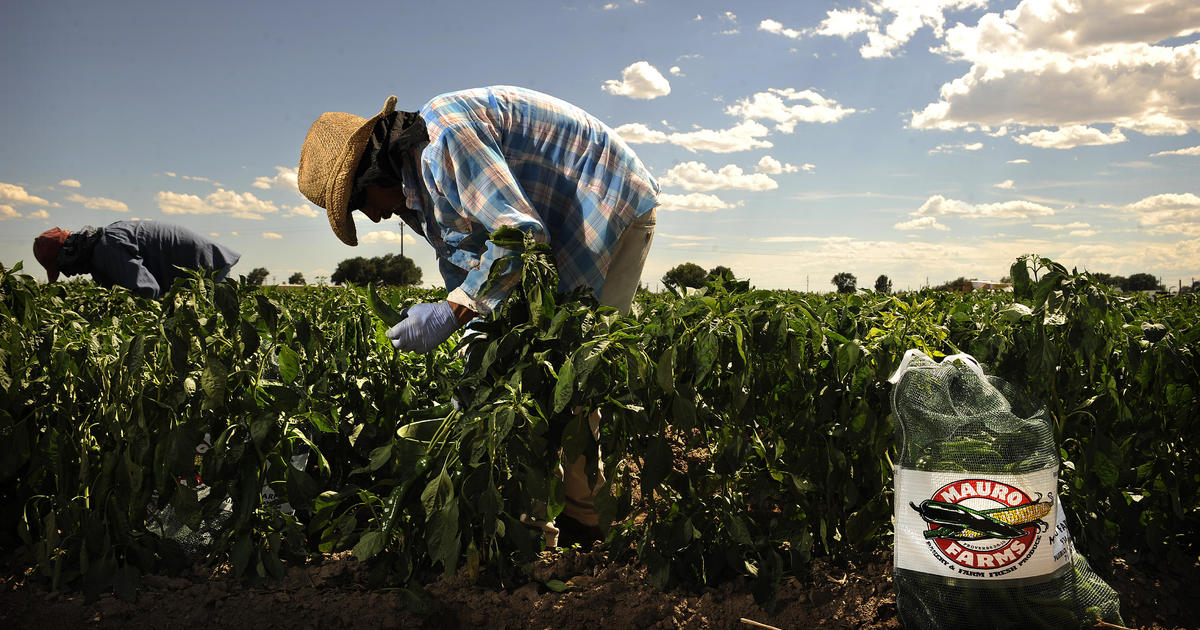Suburban flight? Hiring in urban centers is trailing the burbs
Jabriel Donohue said he had considered opening his pizza-and-cocktails restaurant in Seattle, but instead settled on a less urban environment: Bellingham, Washington, a nearby city of about 90,000 people where rents are lower and tech workers have migrated amid the remote work shift of the pandemic.
"Bellingham has been growing at nearly 10% year over year," Donohue, 37, said of his business decision. "Tech workers have realized they didn't have to be in the office every day and have gone over to nicer, less intense, less traffic [jammed] environments."
Donohue, who is planning to open his Bella Ciao restaurant early next year, is part of a nationwide surge in small- and mid-sized businesses that are opening up or expanding outside large urban centers amid a shift in consumer demand. That's creating growing disparities between urban cores and suburban areas, according to data from payroll provider Gusto.
"It's really a shift from the center districts, the urban cores, out into the suburbs," said Luke Pardue, an economist at Gusto. "This was largely driven by the emptying of office workers from downtown areas."
Small businesses formed at record rates across the nation during the first six months of 2021, with a new analysis from the Economic Innovation Group finding that almost 1 million applications were filed to form new businesses likely to hire employees in 2021. Rural Southern counties showed the biggest pickup in new business creation compared with the previous year, the study found.
Some businesses are viewing the shift toward remote or hybrid work schedules as an opportunity to open up or expand in areas where rents are cheaper. Donohue, who used to work at restaurants in Seattle, said he estimates the commercial rents in Bellingham are about half the cost of those in Seattle. That, in turn, means employers can provide higher compensation and support for workers, he said.
Employment in the urban cores of large cities has recovered at a 51% lower rate than in the suburbs and smaller cities, Gusto's payroll data found. The biggest gaps are in large cities that were hard-it by the pandemic. Seattle has shown the largest difference in employment growth compared with neighboring suburban areas since February 2020, Gusto said, a gap of more than 1,300%.
Overall, the trend represents a reversal of pre-pandemic growth patterns, Pardue said.
"We looked at growth before the pandemic where urban areas tended to grow faster. It was 1.5 times higher in the urban counties" compared with suburban areas in 2019, he said. "When we speak to business owners, they are looking to start locations in areas where the economy is booming, which means the suburbs. People are moving there and these businesses will follow them," Pardue said.
Driving out to the burbs
Some businesses located in urban centers are finding ways to branch out to smaller cities and suburban areas. One such business is Butter&, a bakery based in San Francisco.
Butter& founder Amanda Nguyen, 31, said that her bakery lost much of its wedding business last year due to the pandemic. So instead, she focused on creating "quarantine cakes" geared toward smaller celebrations, like a $50 cake with the phrase "Don't touch your face" inscribed in icing.
"A lot of people would call in and say, 'I live in Palo Alto — I want to get a quarantine cake for my husband'," Nguyen recalled. "People didn't feel comfortable driving into the city back then. I saw there was this huge opportunity to serve people outside of the city because there was demand but no way to actually service them."
That prompted her to create a new business: Pastel, a delivery service for her own and other food businesses in downtown San Francisco that want to sell their wares in satellite cities in the Bay Area, like San Jose or Mountain View. That's allowed her to sell more cakes, while also adding revenue through the service's delivery fees.
"I think it's here to stay — it's a change in consumer expectations," Nguyen said. "Personally, for me, we used delivery apps much more in 2020 than before. And I think it's like a habit."
Food trucks have also seen a burst of activity during the pandemic, said Bill Tillson, the owner of Gorilla Fabrication, a custom food truck manufacturer in Charleston, South Carolina. While the pandemic dried up his prior work customizing mobile bars for Anheuser-Busch and other big businesses for use at festivals like South by Southwest, Tillson said business picked up from restaurants that wanted food trucks kitted out to take to the suburbs.
"A year ago a lot of brick-and-mortar restaurants were looking for food trucks," he said. "Where they were making a killing was going to neighborhoods like subdivisions."
The option is especially appealing to families with kids who live in these subdivisions, since they can get a quick meal without having to load everyone into the car and drive to a restaurant. "It's better than going to Applebee's," Tillson noted. "For the same price, you can say, 'This is convenient, I can feed the family and I don't have to go out.'"
"Permanent downshift" in urban economies
While this trend away from cities is positive for small businesses as well as the vibrancy of suburban economies, it could pose a threat to the health of urban centers — and pose problems for workers in those city cores, Pardue noted.
"We are looking at a permanent downshift in the economic vibrancy of these areas" without help from policy makers, he noted. "When we think about downtowns, this is where a lot of service sector and minority workers are located, so this could exacerbate the gap between the White and Black unemployment rate."
White workers have rebounded faster than Black workers in the pandemic, with the unemployment rate for White adults standing at 5.4% in June compared with 9.4% for Black workers.
It's not just jobs but wages that are at stake, the Gusto data suggest. For instance, wages for service-sector jobs in suburban New York are 17% higher now compared with February 2020, versus an 8% increase in wages for the same type of jobs in downtown New York.
"The connection between geographic recovery and racial recovery are intricately connected," Pardue noted. "Where Black and Latinx workers live and work aren't recovering as fast."



